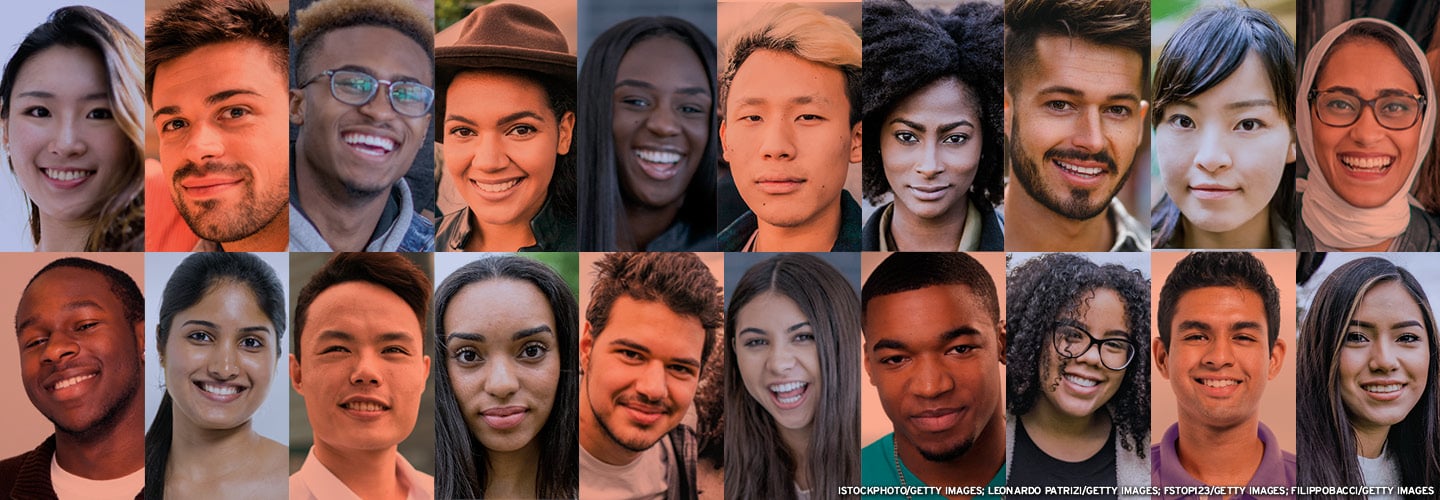The Yakima Valley, in central Washington State, has so many apple, pear, and cherry farms that it’s known as the nation’s fruit basket. It’s home to more than 100 sprawling vineyards. The majestic peak of Mount Rainier rises over the lush fields and thriving orchards. In many ways, it’s a picture-perfect American landscape.
But this community of nearly 94,000 people is quintessentially American in another, more surprising way: The number of Latinos here has doubled in just one generation, now making up almost half the total population.
Robert Ortiz, 17, has lived that transformation. “There are a lot more events and opportunities for Latinos in Yakima,” says Ortiz, a senior at Yakima’s Eisenhower High School, where he’s student body president. Even in just the past few years, he’s seen a big change.
“I notice Spanish being spoken a lot more compared to my freshman year,” says Ortiz, whose parents came to Yakima from Mexico about 30 years ago. “People are getting a lot more comfortable.”
The changes in this farming valley mirror demographic trends in many U.S. cities and counties where the population is becoming increasingly more diverse. In the past two decades, 109 counties in 22 different states, from California to Kansas to North Carolina, went from majority white to having populations in which people of color make up the majority, according to a recent report by the Pew Research Center.
The Yakima Valley is in central Washington State. It boasts many apple, pear, and cherry farms. That’s why the area is known as the nation’s fruit basket. It’s home to more than 100 sprawling vineyards. The majestic peak of Mount Rainier rises over the lush fields and thriving orchards. In many ways, it’s a picture-perfect American landscape.
Yakima embodies another American trend: The number of Latinos here has doubled in just one generation. Nearly 94,000 people live in the community. Latinos now make up almost half of its total population.
Robert Ortiz, 17, has lived that transformation. “There are a lot more events and opportunities for Latinos in Yakima,” says Ortiz, a senior at Yakima’s Eisenhower High School, where he’s student body president. Even in just the past few years, he’s seen a big change.
“I notice Spanish being spoken a lot more compared to my freshman year,” says Ortiz, whose parents came to Yakima from Mexico about 30 years ago. “People are getting a lot more comfortable.”
The changes in this farming valley mirror demographic trends in many U.S. cities and counties where the population is becoming increasingly more diverse.
In the past two decades, 109 counties in the U.S. went from majority white to having populations in which people of color make up the majority, according to a recent report by the Pew Research Center. And those shifts have occurred in 22 different states, from California to Kansas to North Carolina.

